How are pyranometers used in solar PV plants?




Álvaro Benito
Project Engineer and Software Developer
Álvaro is a Software Developer & PV Engineer with a background in Electrical and Electronics Engineering. He joined RatedPower’s Product team over a year ago, specifically the Interconnection team, where he's a key stakeholder on any AC-coupled storage, overhead line and substation-related initiative. In his current role, he is in charge of ensuring that the solutions delivered in RatedPower satisfy both the engineering and the software development requirements. Álvaro is analytical in his approach, and is adamant on making sure his team understands the technical reasons behind every new feature.
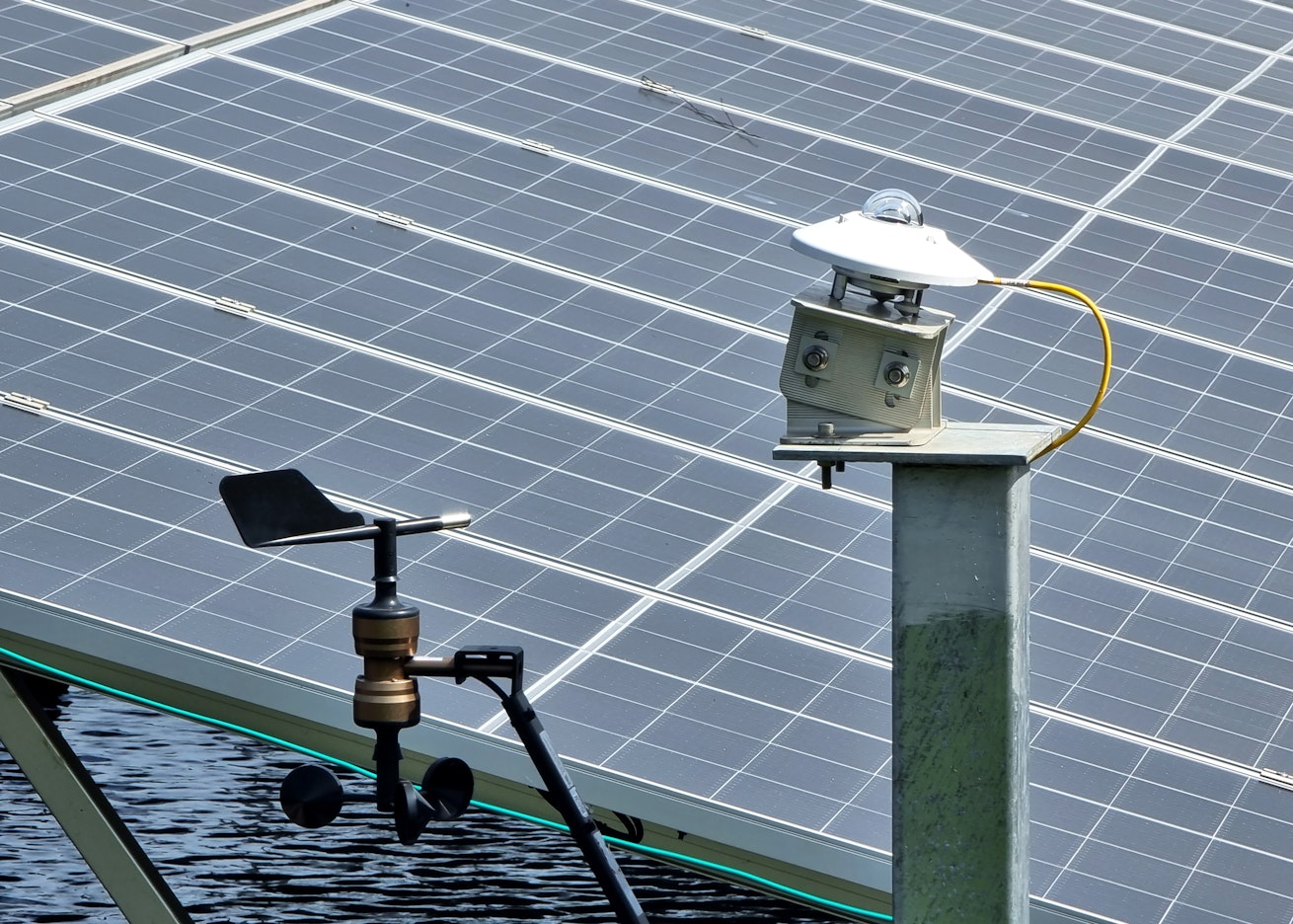
Discover the role pyranometers play in solar plants to help measure solar radiation and maximize output.
Content
What is a pyranometer?
Pyranometer definition: A pyranometer is an instrument engineers can use to measure the level of solar radiation the sun is producing in a specific location. Until recent years, pyranometers were mainly used for climatological research but have now been adopted as a highly useful tool when designing and building solar PV plants.
A pyranometer works by measuring from a hemispherical field of view incident on a flat surface. It collects global solar radiation and converts that into an electrical signal that can be measured. The SI units of irradiance are watts per square meter (W/m²).
Pyranometers are regulated by the ISO 9060:2018 standard. The latest revision of this standard defines three distinct performance classes:
ISO 9060:2018 Class-C — These are the most economical types of pyranometers which are mostly used for routine measurements where complete accuracy is not required. Class-C pyranometers include low-cost, single dome, spectrally flat thermopile, and lower-cost acrylic photocell diffuser pyranometers.
ISO 9060:2018 Class-B — Class-B pyranometers offer higher performance and consist of a double dome optic design or an outer dome optic with an inner quartz diffuser. Pyranometers in this category are often used for meteorological monitoring.
ISO 9060:2018 Class-A — The highest class pyranometers are spectrally flat in response and are higher in cost. Manufacturers wishing to classify their pyranometers as Class-A need to test and document the device’s performance in writing to prove it is Class-A compliant. These devices are used in solar PV plants to monitor performance and efficiency, as well as any other situations that require the highest degree of accuracy.
How does a pyranometer work?
Pyranometers work based on the Seebeck effect, otherwise known as the thermoelectric effect. The Seebeck effect occurs when a temperature difference between two dissimilar electrical conductors (or semiconductors) produces a voltage difference between them. So, if heat is applied to one conductor, the heated electrons will flow towards the cooler one.
The pyranometer is a compact device made up of a detector element housed under an optic, one or two hemispheric domes, and a diffuser. This can vary depending on the make and model of the pyranometer. Some may use the detector and a diffuser, some may use the detector and domes, and some may use all those parts.
The optic of a pyranometer acts as a filter which will transmit various shortwave solar wavelengths, while rejecting far infrared wavelengths.
The pyranometer uses one of two detector technologies:
Silicon photodiode (photocell) detector — A photocell detector is a low-cost device housed in an acrylic diffuser. Pyranometers using silicon photodiode detectors are limited in measurement accuracy as they have a limited spectral response range and spectral-sensitive effects under changing spectral conditions. They can measure shortwave solar wavelengths between 400nm and 1100nm nominal.
Blackbody thermopile detector — The thermopile detector is housed under one or two glass domes. The detector element converts shortwave solar radiation into an electrical signal, which is sampled by the data logger or metering device to which the pyranometer is connected. Devices using the blackbody thermopile detector tend to cost more but are considered to be more accurate than devices using a photocell detector. This is because the thermopile detector responds to the true solar spectrum and does not suffer from spectral selectivity bias. They can measure shortwave solar wavelengths between 285 and 3000nm nominal.
What is a pyranometer used for?
Pyranometers used to be a specialized tool used for climate research and agriculture, but in recent years, engineers have adopted them for solar PV plants.
In agriculture, pyranometers help optimize crop growth and yields. Farmers could measure the amount of solar radiation received by crops, which is essential for the plants to perform photosynthesis and thrive. The data also allows farmers to tailor fertilizer use and water consumption to reflect environmental needs and reduce their carbon footprint.
Meteorologists can use pyranometers to better understand climate conditions and the global shortwave energy balance of the Earth’s climate system. They can measure the amount of solar radiation received at the Earth’s surface and surface-reflected solar radiation from the ground.
Pyranometers are extremely useful for configuring solar PV plants. They can measure the amount of solar radiation a PV panel will receive and locate ideal areas for PV panel placement. They are also essential for maintaining the efficiency of solar PV plants, as they can provide data for calculating a plant’s performance ratio.
What is the difference between a pyranometer and a pyrgeometer?
There is often confusion about pyranometers and pyrgeometers. Both devices measure infrared radiation in the atmosphere, use a thermopile detector, and utilize domes.
The main difference between the devices is the application they’ll be used for. Pyranometers are only capable of measuring shortwave radiation. A pyrgeometer is able to isolate longwave radiation from shortwave radiation, making it suitable for longwave irradiance measurements.
Model solar irradiance on demand with RatedPower
RatedPower offers built-in solar irradiance data, empowering you to make accurate and bankable energy yield estimates. Combine that with the ability to fine-tune your project with bulk simulations and you can maximize the efficiency and productivity of your solar PV plant. We give you key metrics on energy production, LCOE, and costs during planning and designing, along with a range of automated tools to give you an optimized 2D and 3D layout in minutes.
Get in touch with RatedPower today to request a demo and see how we can streamline your solar PV plant design and maximize your return on investment.

Design utility-scale solar at lightning speed
eBook: Minimize your shading losses with RatedPower
Download this eBook to examine what shading losses are, the different types of shading, and how you can minimize the shading losses of your next PV installation.
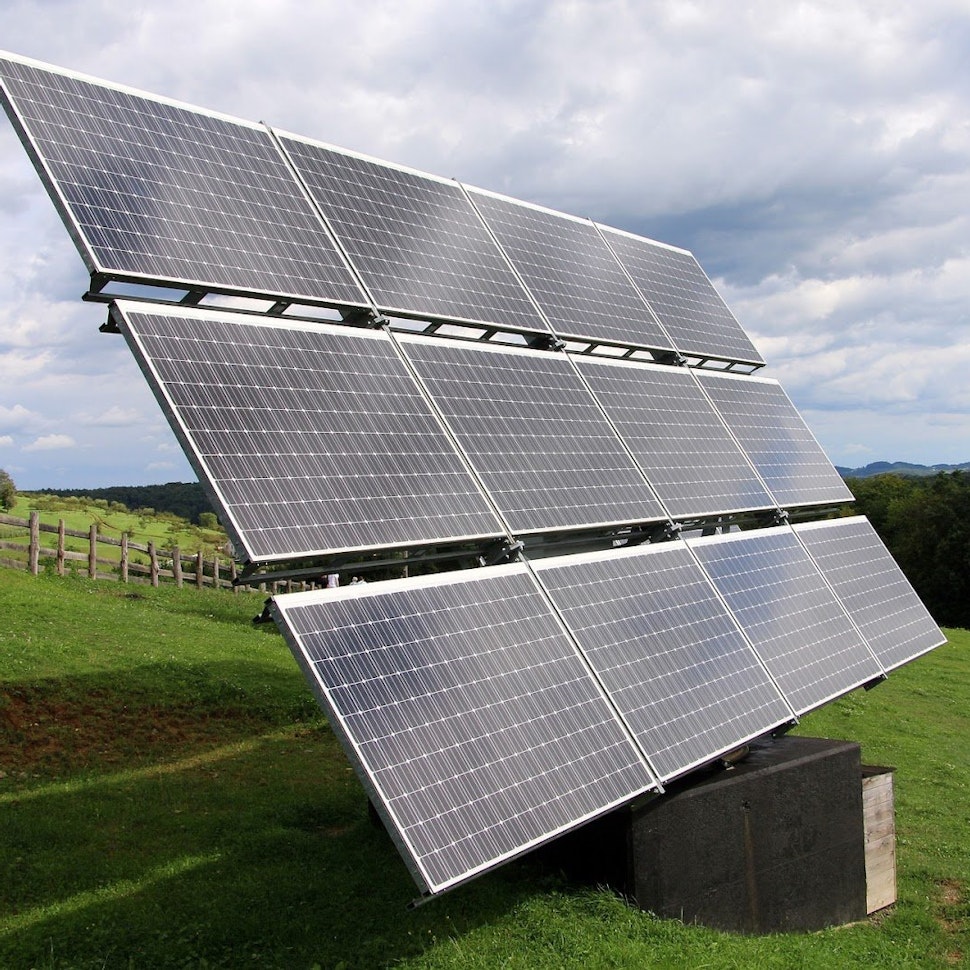
Latest stories
Related glossary posts
Technology and engineering
What is a solar substation and how to customize yours with RatedPower software
Updated 5 MAY, 25
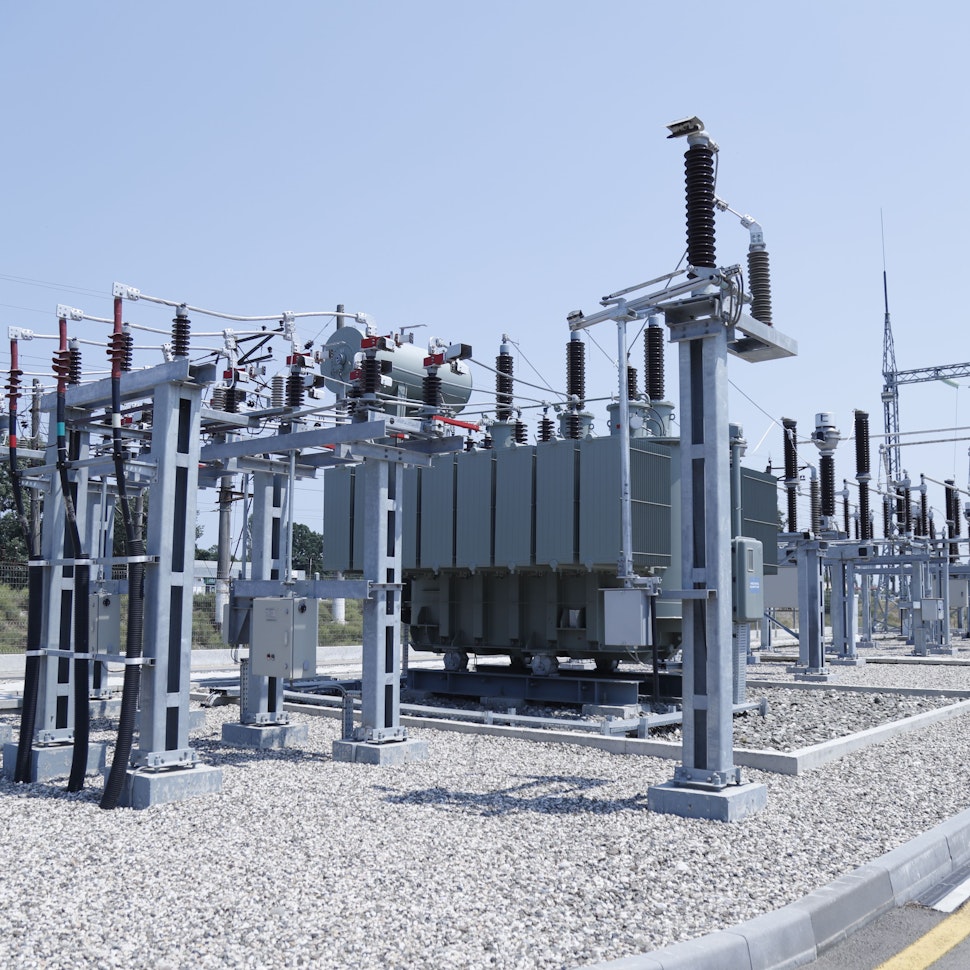
Technology and engineering
What is a solar combiner box and why is it used in photovoltaic designs?
Updated 25 MAR, 25
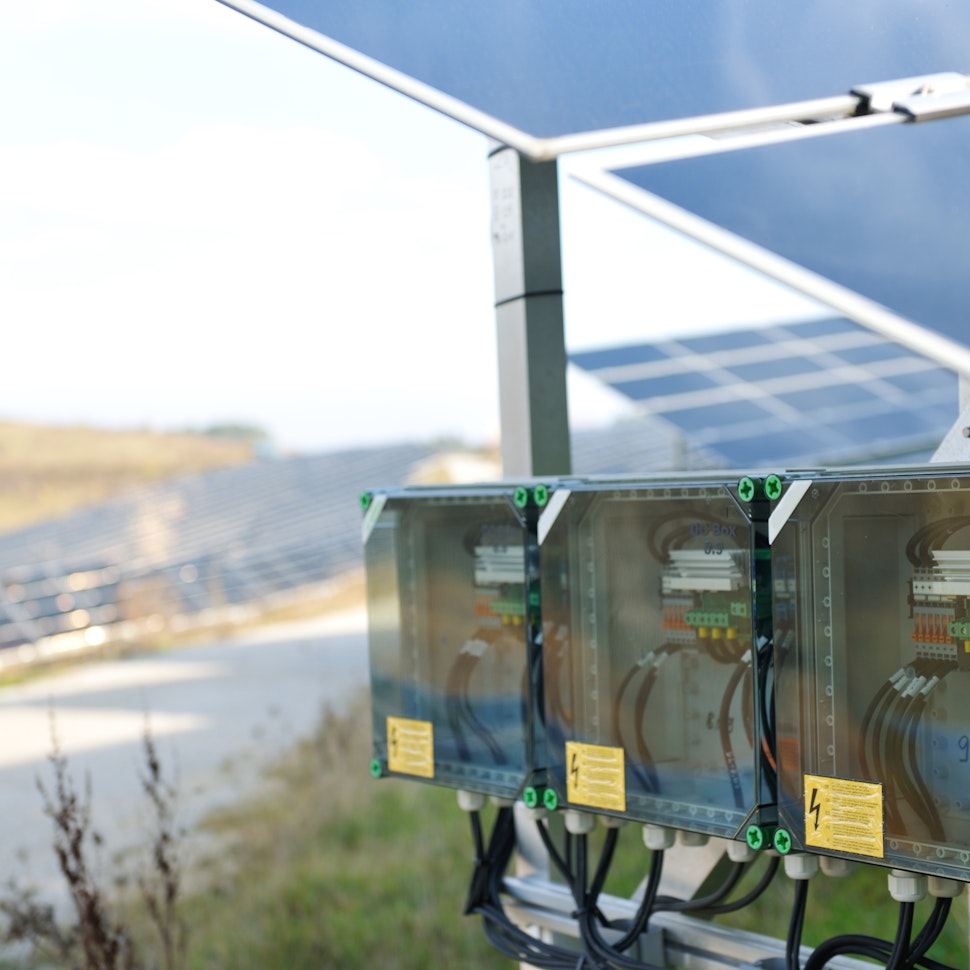
Technology and engineering
What are the benefits of a Power Purchase Agreement (PPA) for solar plants
Updated 25 MAR, 25

Related posts
Technology and engineering
Innovation in renewable energy: Developments expected in 2025
We look at the 10 biggest renewable industry developments that are making a green future possible, including perovskite solar cells, green hydrogen, and more.
Updated 18 MAR, 25

Technology and engineering
What the future holds for the longevity and efficiency of solar panels
Tests done by the French photovoltaics group Hespul showed that the panels, installed in 1992, are still operating at an astonishing 79.5% efficiency. Read on to find out more.
Updated 4 MAR, 25
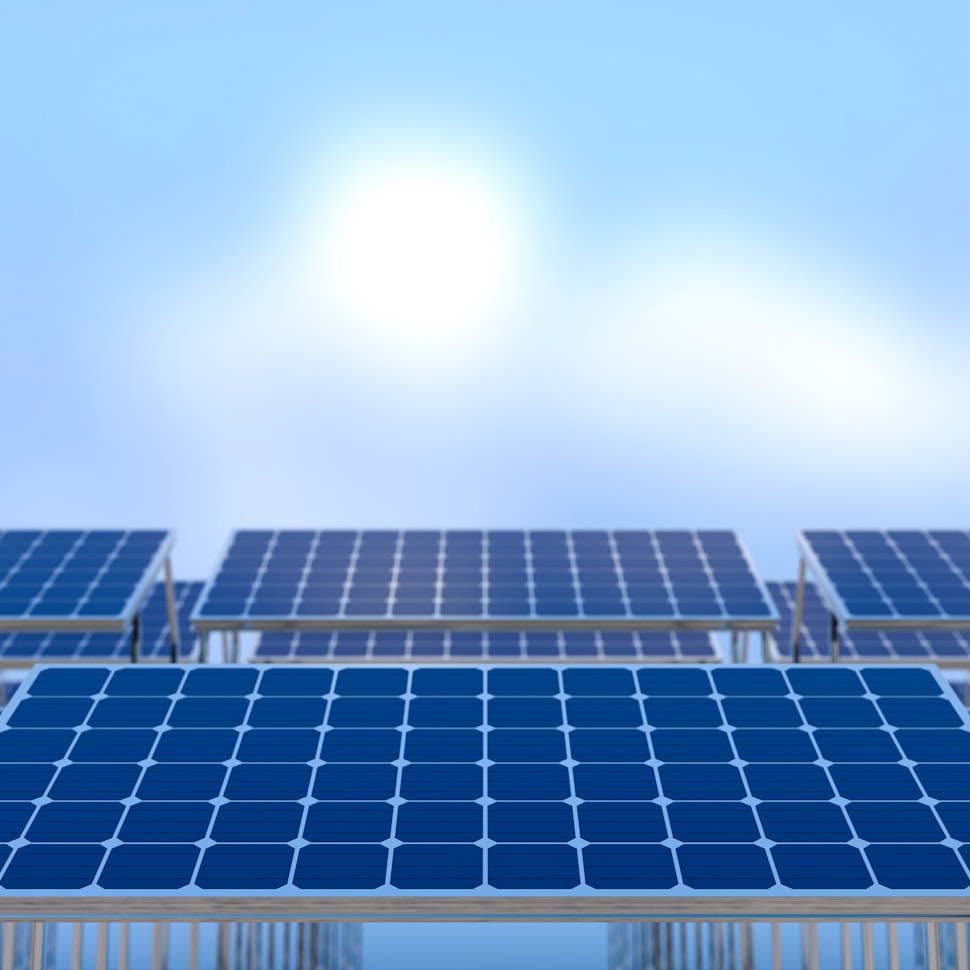
Technology and engineering
Concentrated solar: An unlikely comeback?
Once described as obsolete, the concentrated solar power market ballooned to $53 billion in 2023 and is still growing. Here’s why CSP is making a comeback.
Updated 12 NOV, 24
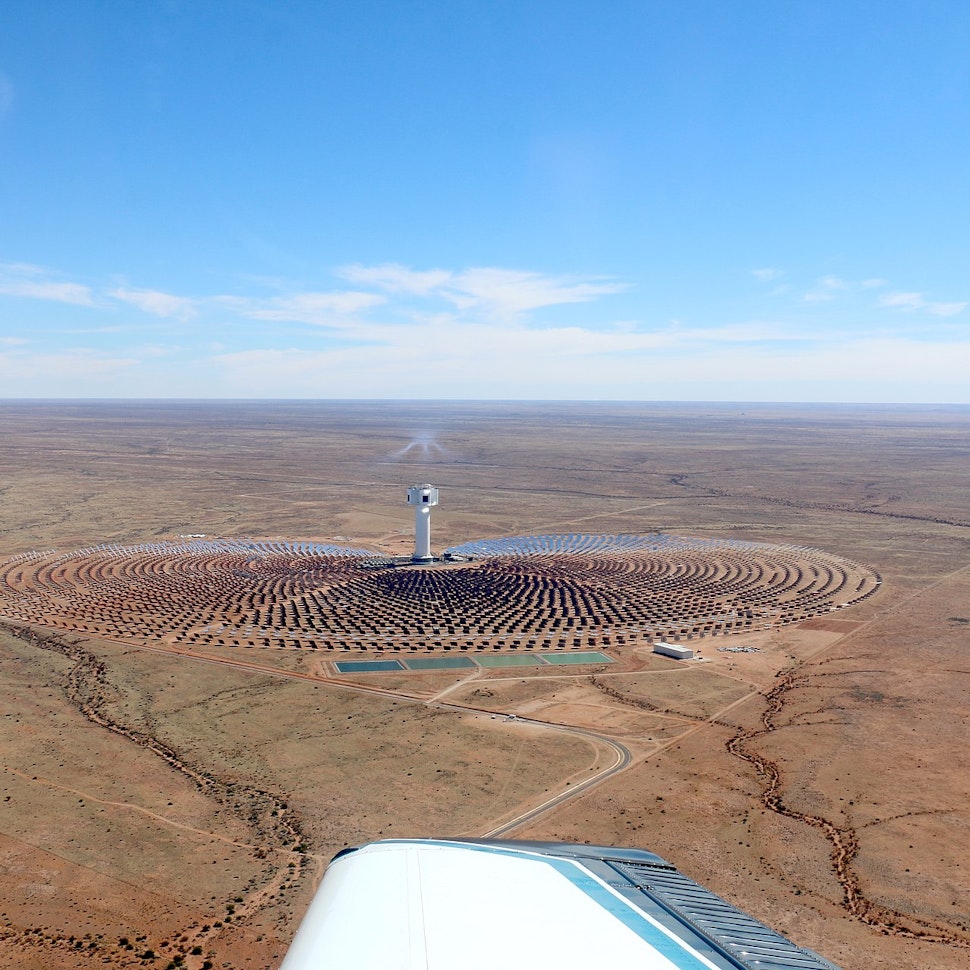
- RatedPower
- Glossary
- P
- Pyranometer


